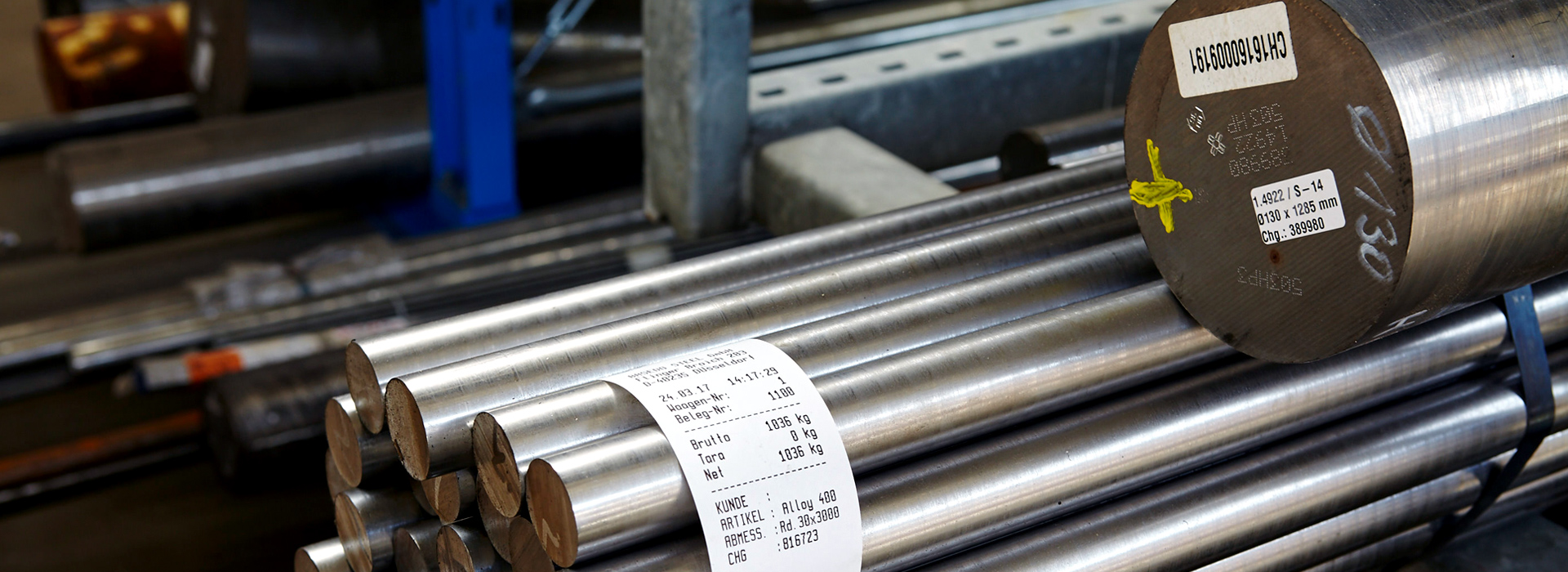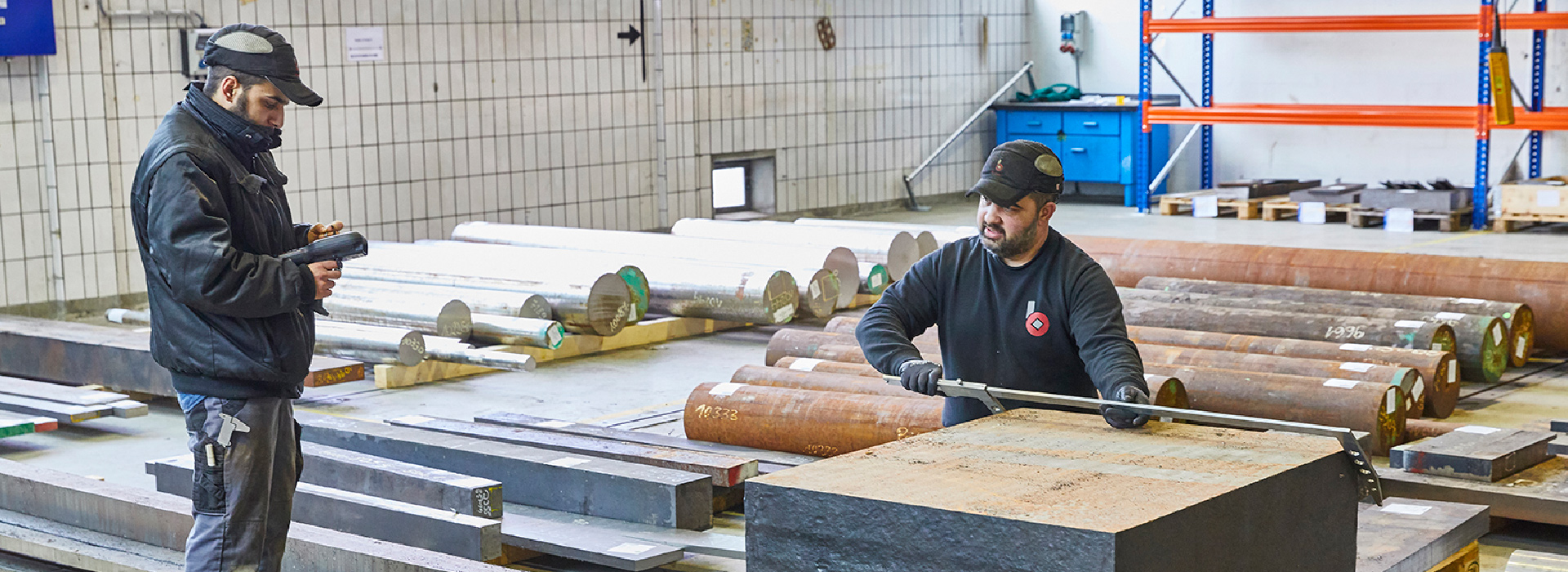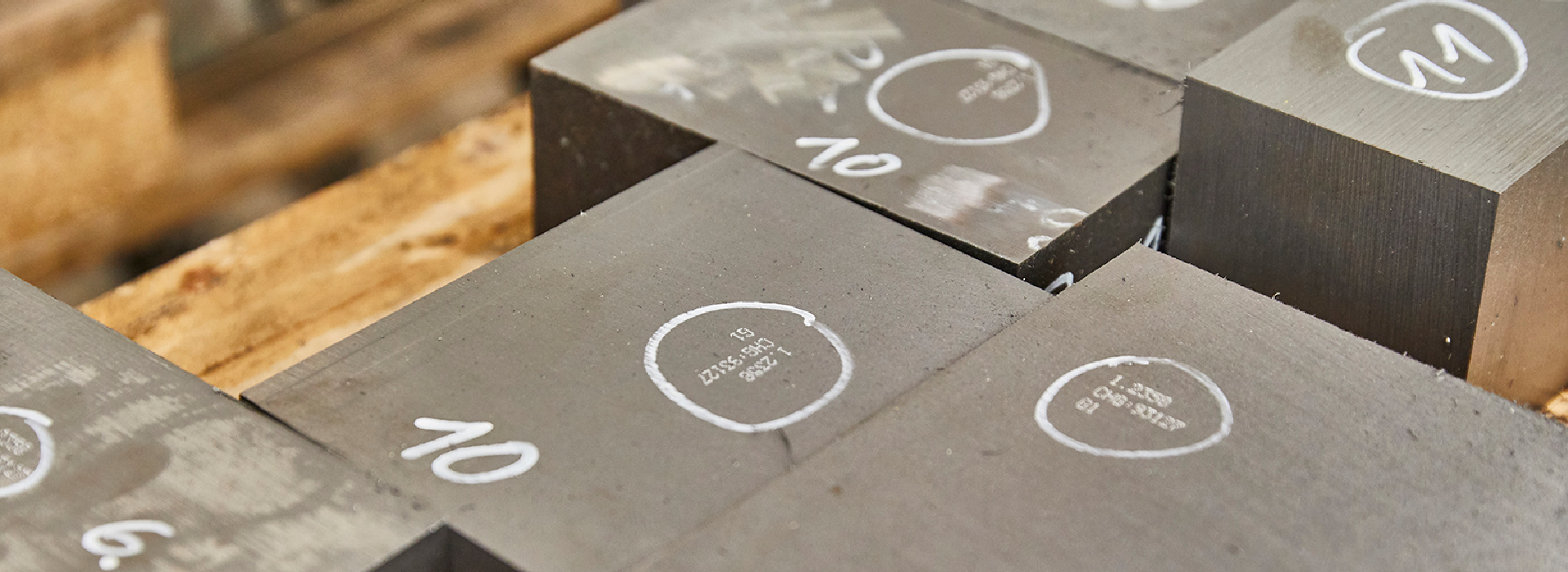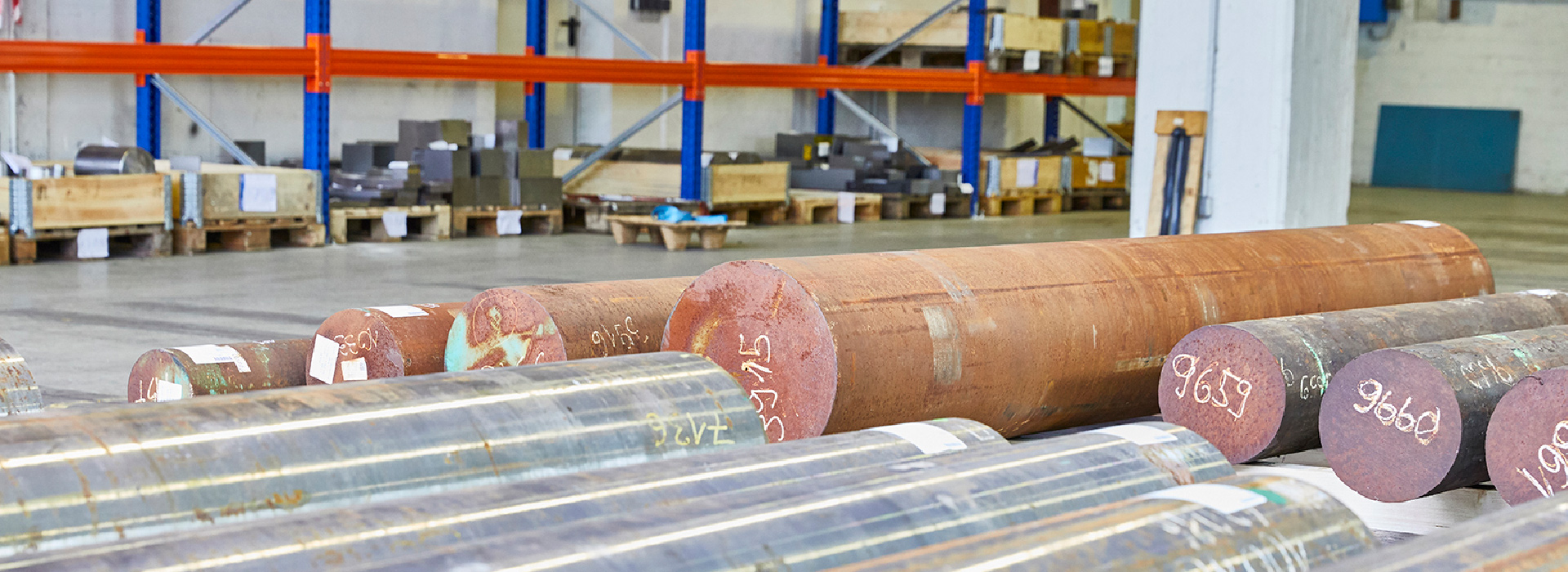Malzeme 1.2842
Cold work tool steel
Cold work tool steel according to DIN 90mncrv8
Tools are used to manufacture objects from a wide variety of materials. In order to give these materials a shape, the tool must be harder than the material to be machined at the respective working temperature. The working temperature is an important factor because it affects the hardness of the tool steels. This is the reason why we distinguish between cold work and hot work steels.
Cold work steel according to DIN 90MnCrV8
The requirements for a cold work steel are hardness, wear resistance and sufficient toughness.
Hardness and toughness are opposing properties. The decisive factor is primarily the carbon content. If this is below 0.7%, a steel does not achieve full martensite hardness. Such a steel remains tough compared to steels with a higher carbon content. A carbon content above the limit required for maximum martensite hardness promotes the formation of hard material particles, so-called carbides. Incorporated carbides have a wear-inhibiting effect in addition to the martensite hardness of the steel structure.
These properties led to a classification of cold work steels into the groups:
- tough
- hard
- carbide rich
DIN 90MnCrV8 (material 1.2842) is an alloy from the group of hard cold work steels. In this category, an appropriate carbon content results in full martensite hardness and undissolved carbon remains in the form of carbide. According to DIN 90MnCrV8, the steel contains an average of 0.9% carbon.
Other alloying elements contained are silicon (0.2%), manganese (2%), chromium 0.4%) and vanadium 0.1%).
Manganese is an alloying element that improves forgeability, weldability, strength and wear resistance. It has a ferrite-stabilizing effect.
Chromium lowers the critical cooling rate in steel and increases wear and heat resistance as well as scale resistance. Chromium has a carbide-forming effect and thus increases tensile strength.
Vanadium has an equally positive effect on tensile strength.
Material 1.2842 is characterized by good edge-holding properties and high hardenability. During heat treatment, the tool steel proves to be dimensionally stable.
Due to its possible areas of application and properties, the material is available as flat steel, round steel and in sheets.
Sie haben Fragen zum Werkstoff oder möchten ihn bestellen? Füllen Sie kostenlos und unverbindlich unser Anfrageformular aus. Wir melden uns bei Ihnen für weitere Informationen.

Normen
| DIN / EN | US-Standard | AFNOR | UNI | JIS | istek |
|---|---|---|---|---|---|
| 90MnCrV8 | AISI 02 UNS T31502 | 90MnVCr8KU | istek |
Werkstoffgruppe: Cold work tool steel
Uygulamalar
- Cutting and punching tools for medium sheet thicknesses
- cutting plates
- Embossing dies with flat engravings
- guide pads
- Tools for thread cutting
- reamers
- calibers
- measuring tools
- plastic molds
- shear blades
- Ejector pins
Isıl İşlem
Hardening approx. 780 - 800 C° , cooling in oil
Tempering approx. 170 - 190 C°
Kimyasal Bileşim
| C % | Si % | Mn % | P % | S % | Cr % | V % |
| 0,85 - 0,95 | 0,10 - 0,40 | 1,80 - 2,20 | max 0,030 | max 0,030 | 0,20 - 0,50 | 0,05 - 0,20 |
Ürün Özellikleri
DIN EN 4957
Mekanik Özellikler
| geglüht | <= 229 HBW |
| gehärtet | ~ 65 HRC |
| angelassen bei ~ 50 ° C | ~ 64,5 HRC |
| angelassen bei ~ 100 ° C | ~ 64 HRC |
| angelassen bei ~ 150 ° C | ~ 63 HRC |
| angelassen bei ~ 200 ° C | ~ 61,8 HRC |
| angelassen bei ~ 250 ° C | ~ 59,6 HRC |
| angelassen bei ~ 300 ° C | ~ 57 HRC |
| angelassen bei ~ 350 ° C | ~ 54 HRC |
| angelassen bei ~ 400 ° C | ~ 51 HRC |
| geglüht und angelassen | >= 60 HRC |
| gehärtet und kaltgezogen | <= 249 HBW |
Malzeme talebi



